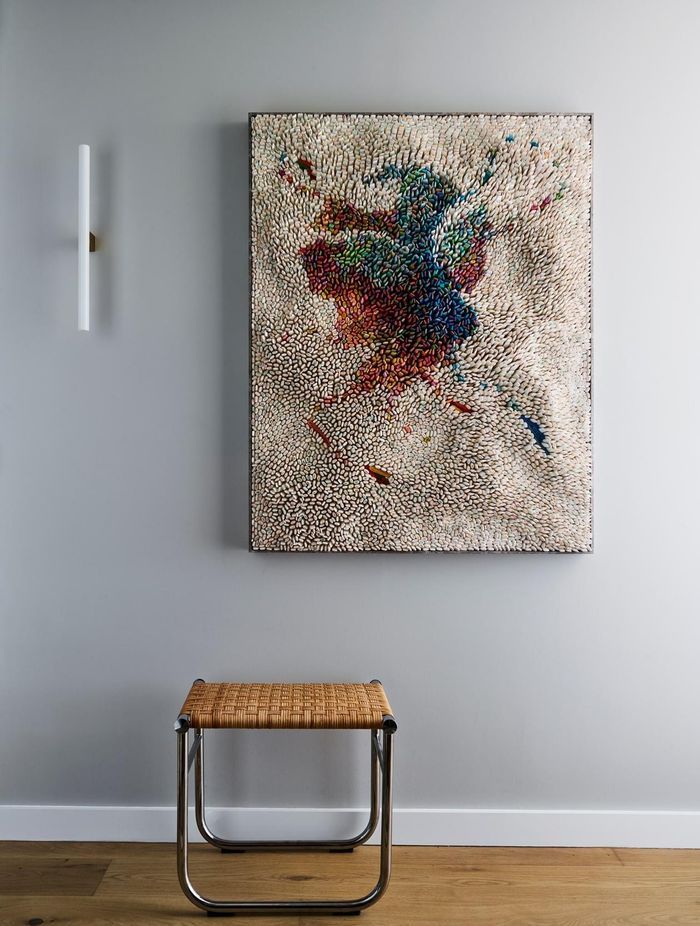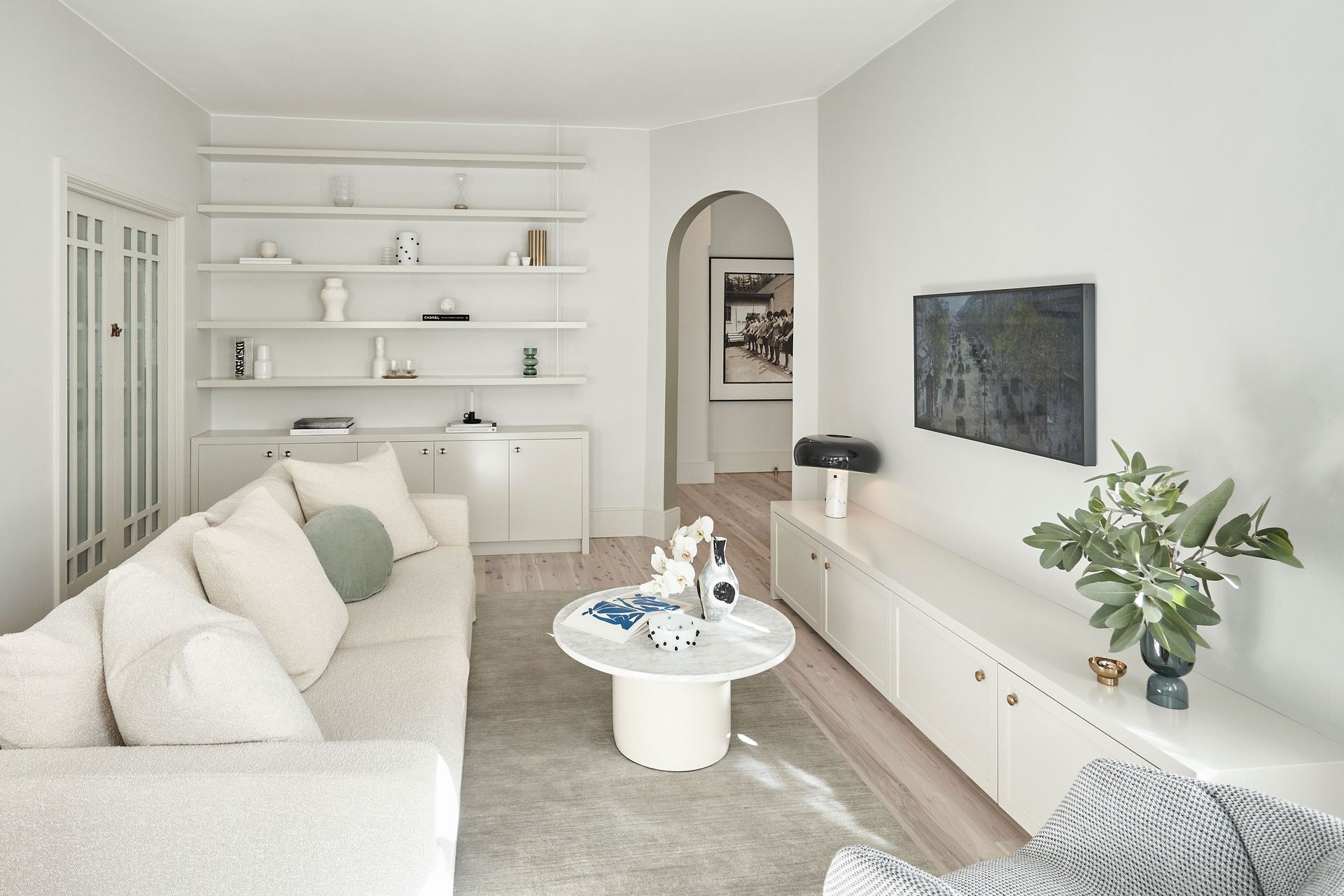9 styling tricks to make a small home feel larger
Written by
26 July 2022
•
4 min read

Where Australians live has changed drastically over the past few decades. While larger, stand-alone houses with backyards remain the fan favourite, the cost of property and ever-increasing population density in our major cities has provided an opening for duplex and apartment living, even tiny homes, to become more popular. In fact, according to the 2021 census, more than 2.5 million Australians now live in apartments.
While these compact abodes are a more affordable way to live in the heart of our trendiest postcodes, these benefits are often enjoyed at the cost of floorspace. However, a lack of square metreage needn’t mean compromised comfort or style. There are some clever styling tricks you can use to make your small space feel larger.

Use colour carefully
Painting your walls with white, neutral or light colours will not only maximise the effect of natural light due to their reflective qualities, but they’ll make a living room feel open and airy. Painting the framework around windows, doorways and skirting boards a shade lighter than your walls can help these features visually recede into your scheme, creating a sense of openness. Feature walls are best avoided in smaller residences.

Pick one hero piece per room
Ensure your scheme still has decorative layers, depth and interest by incorporating one hero focal point per room. In a living room this could be a striking artwork hung in pride of place or a statement piece of furniture. In a dining room it could be a pendant light that draws the eye upwards, or in a bedroom it may be an eye-catching bed head. They key is to refrain from accessorising the space with too many trinkets and treasures as the end result will be ‘cluttered’ rather than ‘curated’.

Focus on your flooring
A quick and easy way to make a small floorplan feel more spacious is by having one type of flooring installed throughout the entire home. It presents an uninterrupted visual that promotes effortless flow from room to room, and wider floorboards or large format tiles are best. A rug can add warmth and texture, just be sure to select the largest size your room can accommodate as a small rug will exacerbate the appearance of a petite room. However, refrain from incorporating overly decorative rugs with bright colours or bold prints, and instead choose a simple design such as stripes. Top tip? Run the stripes or lines of your rug design in the direction of the longest length of your room.

Wind back window treatments
Window furnishings in the same hue as your walls will look seamless and minimalist models such as roller blinds are excellent for this. When it comes to curtains, hang them from the ceiling (or as close to it as possible) and allow the fabric to cascade down to the floor to exaggerate the height of your room.

Reclaim wasted space
The swing circumference of traditional doors can take up valuable real estate. Take back your lost floor space by swapping them for sliding doors – this can work for cupboards, cabinetry and wardrobes, too.

Add a reflective surface
Large mirrors hung – or propped up – on a wall opposite a window will not only reflect more natural light into the room, but also the view of your window, building the illusion of more space in a small living space or bedroom.

Furnish strategically
It’s important to avoid filling a restricted space, such as a small dining or living area, with big, clunky or over-stuffed furniture as it will overcrowd your room. Instead, opt for an elevated sofa on legs, a round dining table as it takes up less space, chairs with open frames and replace cumbersome coffee tables with side tables. When positioning your furniture allow each piece to ‘breathe’; that is, don’t push everything up against walls and allow space between each furniture item.

Decorate with restraint
When it comes to soft furnishings such as cushions, throws and upholstery, opt for incorporating texture over colour. A little room with an abundance of colour or pattern can feel overwhelming, while a roomful of natural materials such as linen, wool, leather, stone and jute in neutral shades feels calm and welcoming.

South Yarra Townhouse by Winter Architecture | Photography by Tatjana Plitt
Clean up clutter
One of the quickest and easiest ways to make a small space feel larger is by simply reducing the clutter. Incorporate plenty of storage into your home to conceal the debris of daily life, and ensure doorways and walkways are physically clear of furniture, and move furniture that obstructs sightlines between one room and another.
Browse more beautiful projects from the ArchiPro archives to find decorating inspiration.